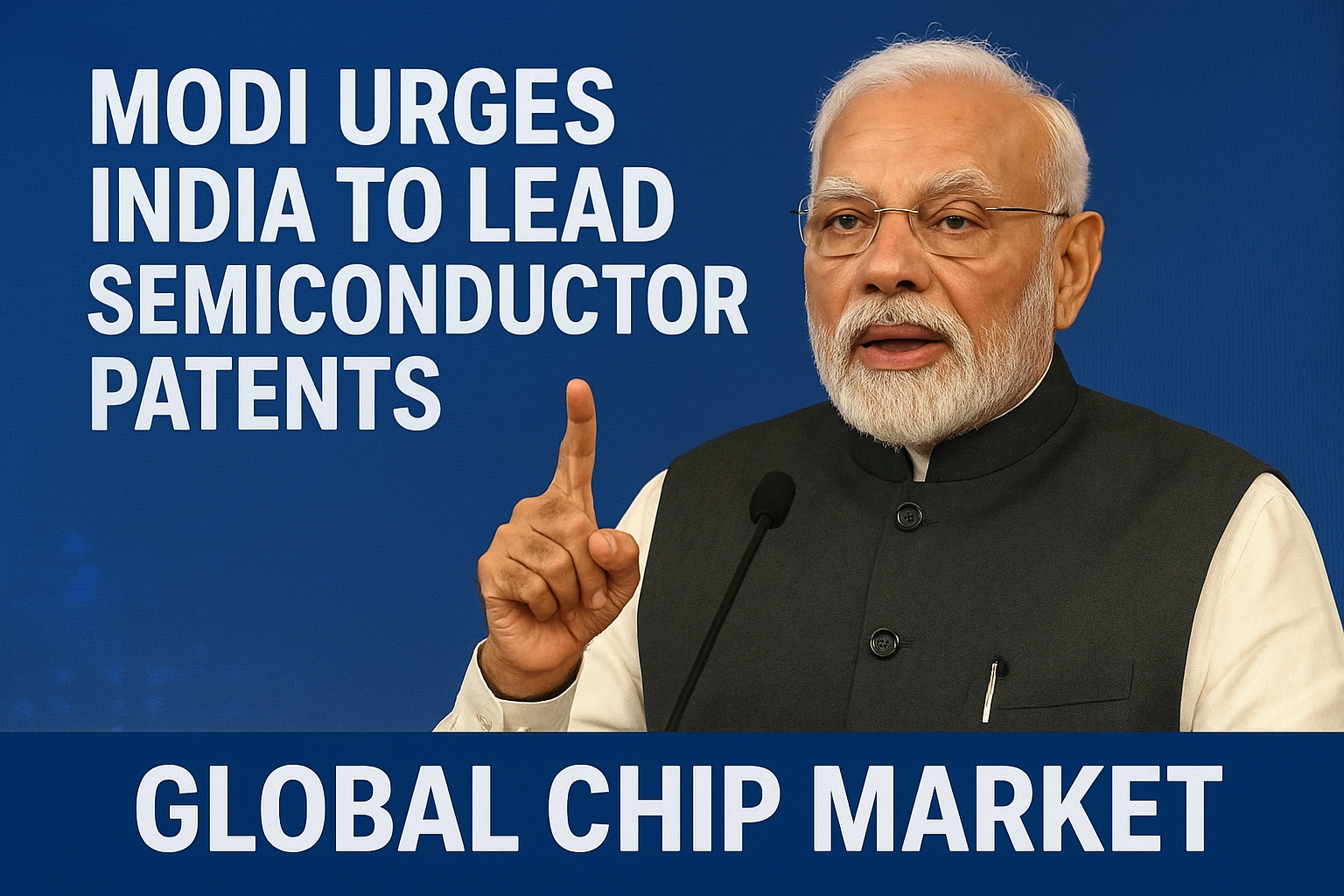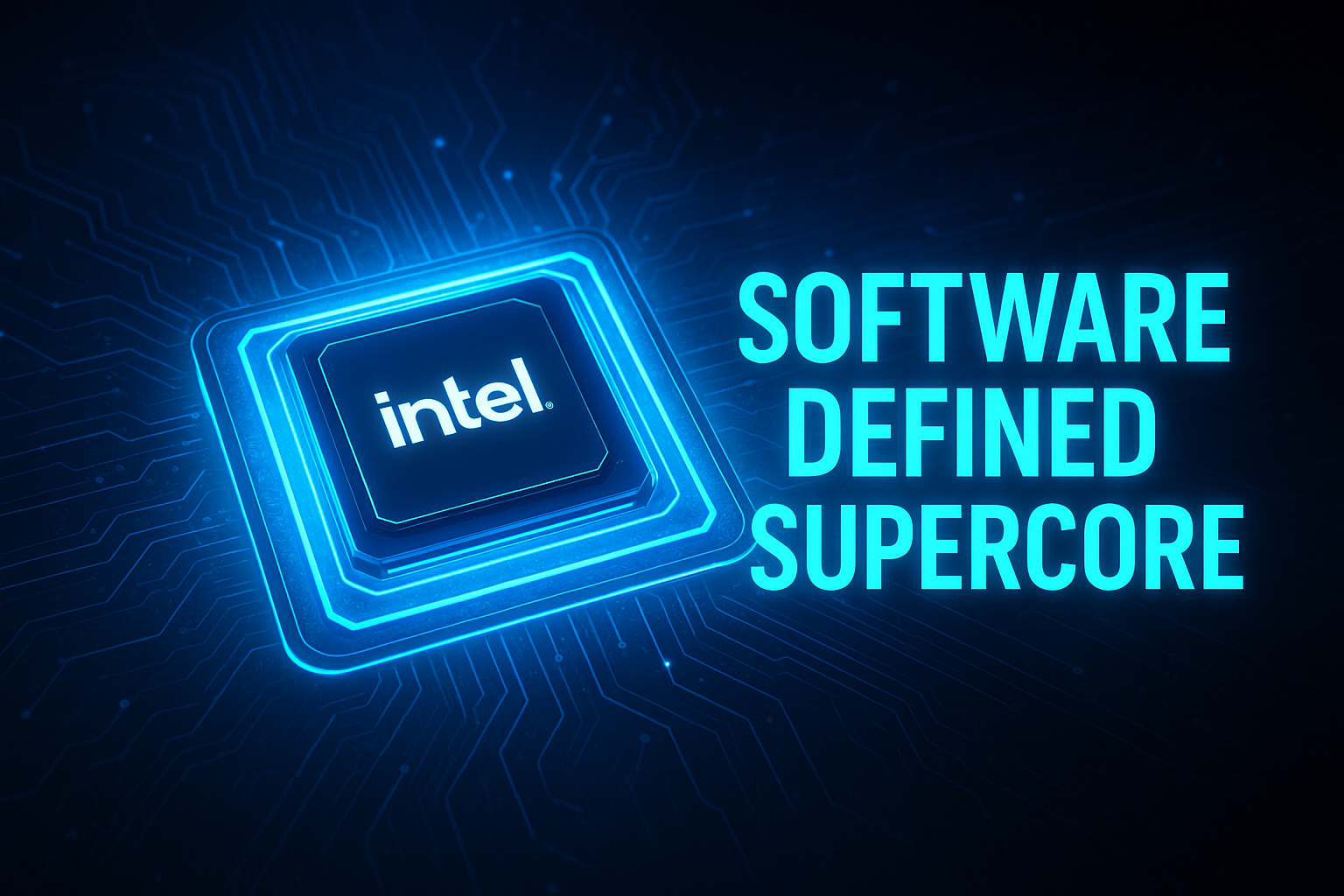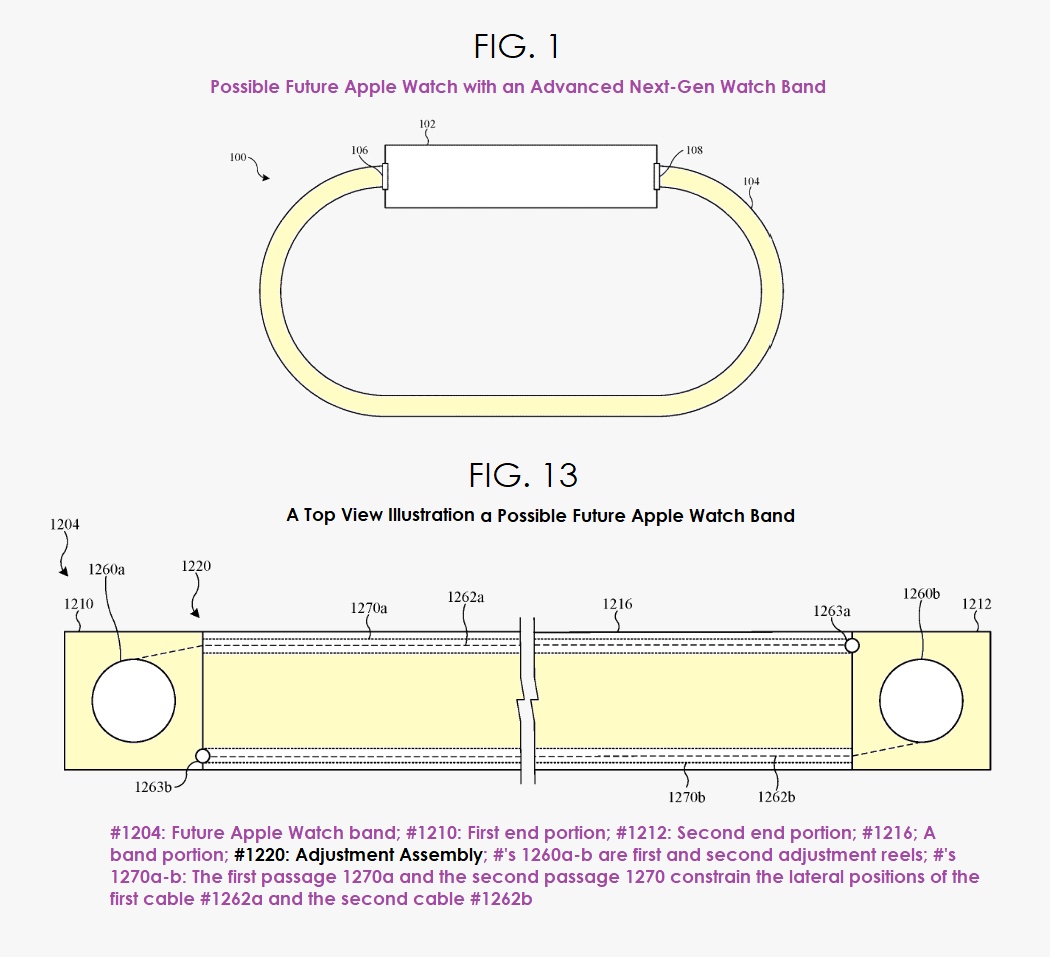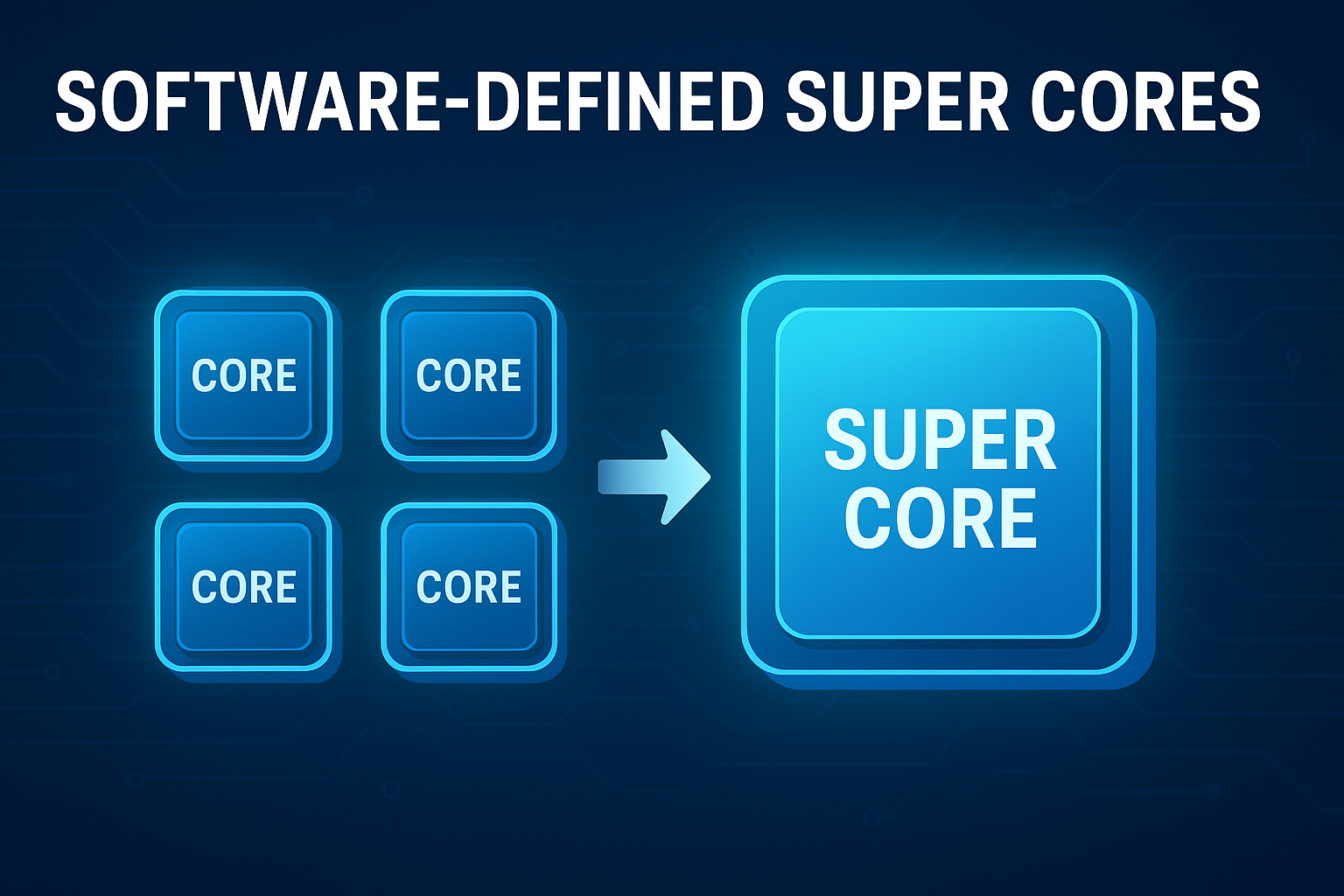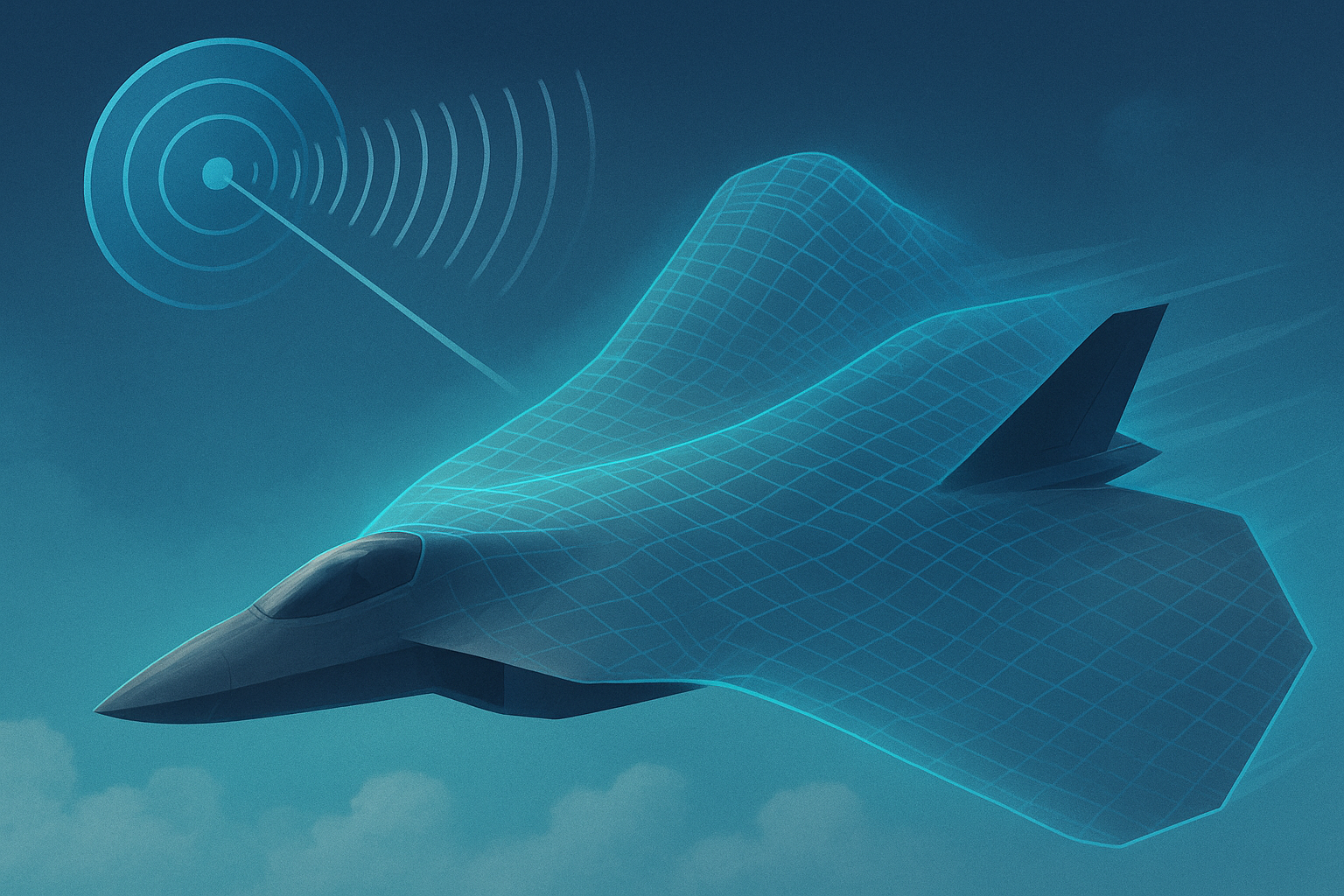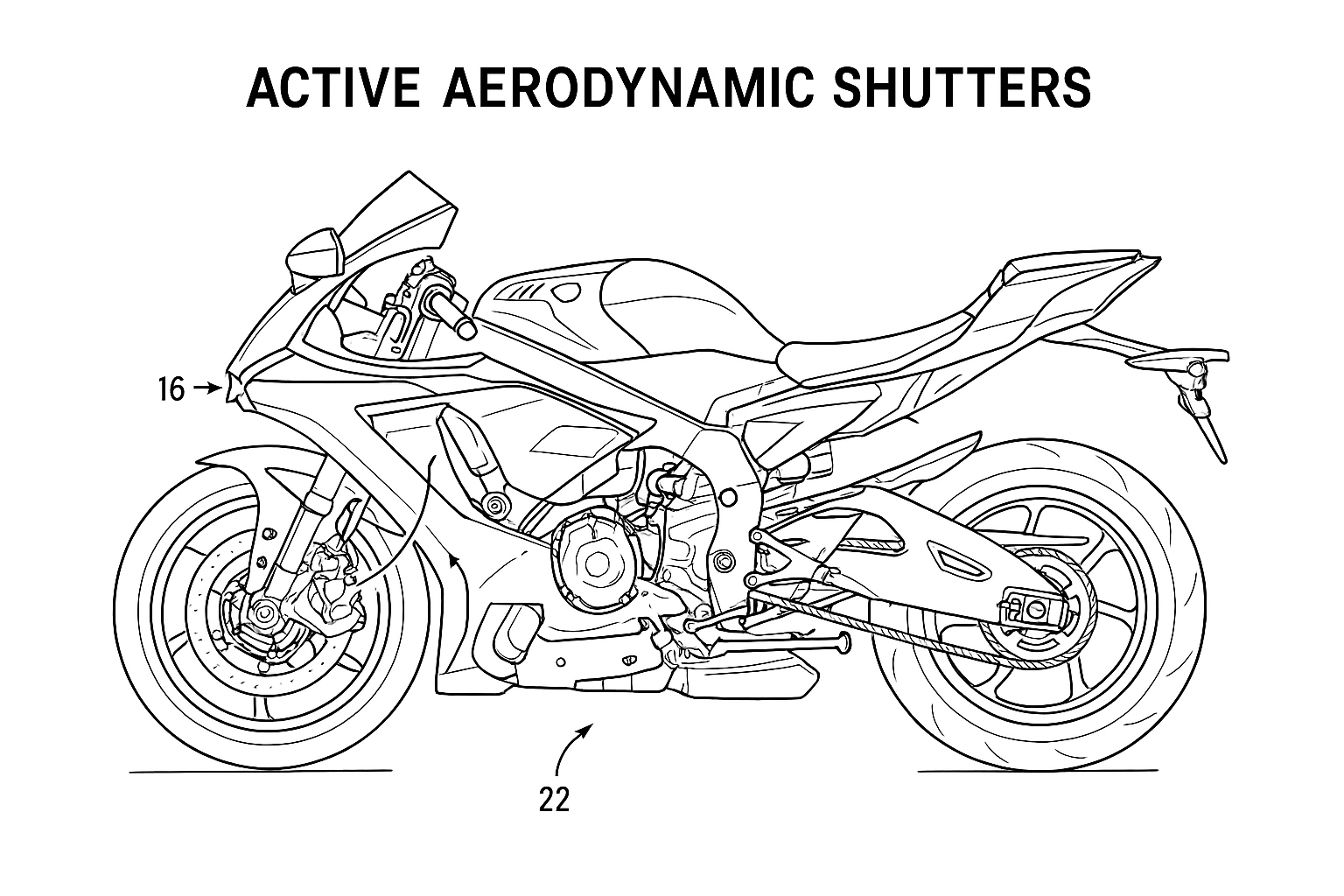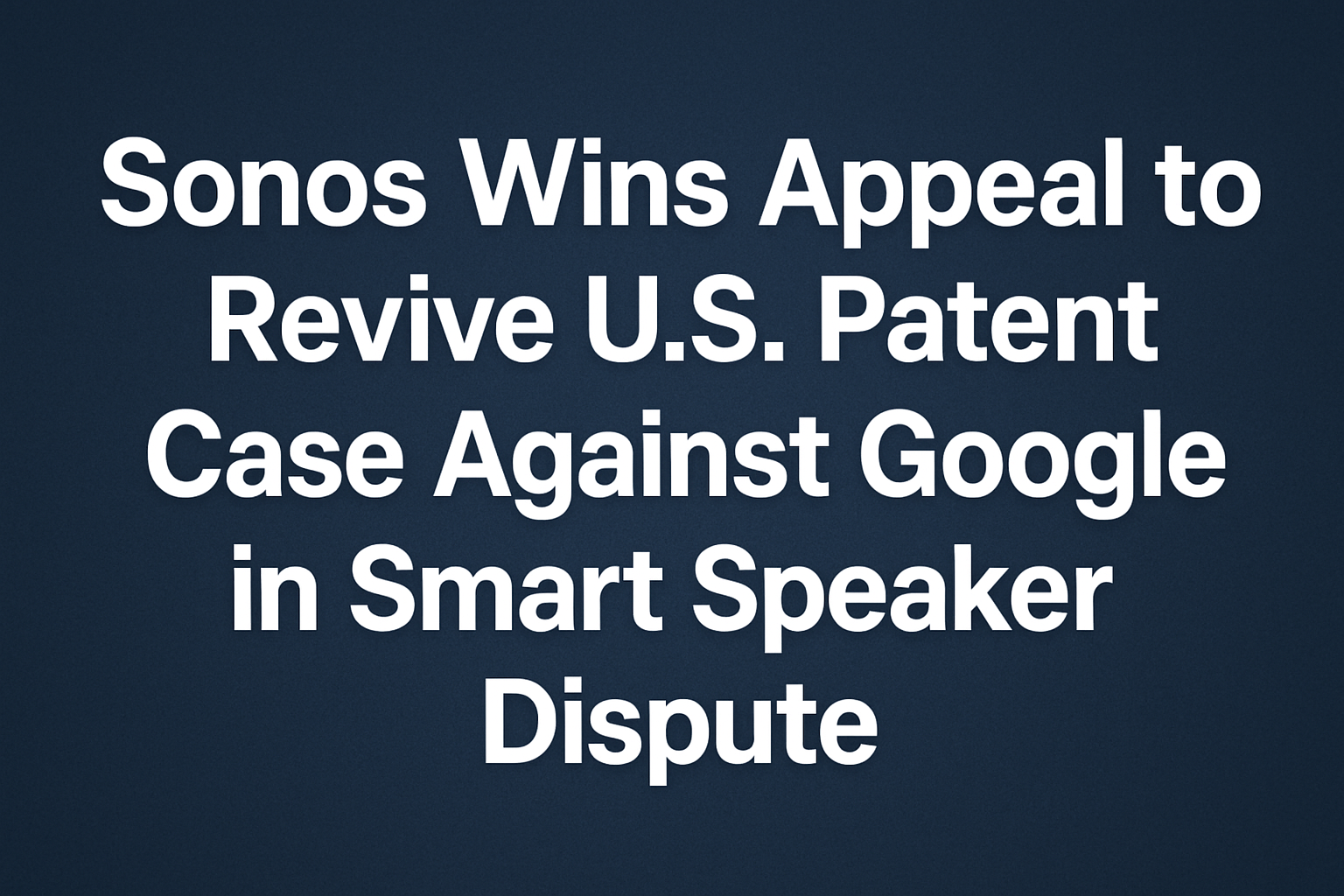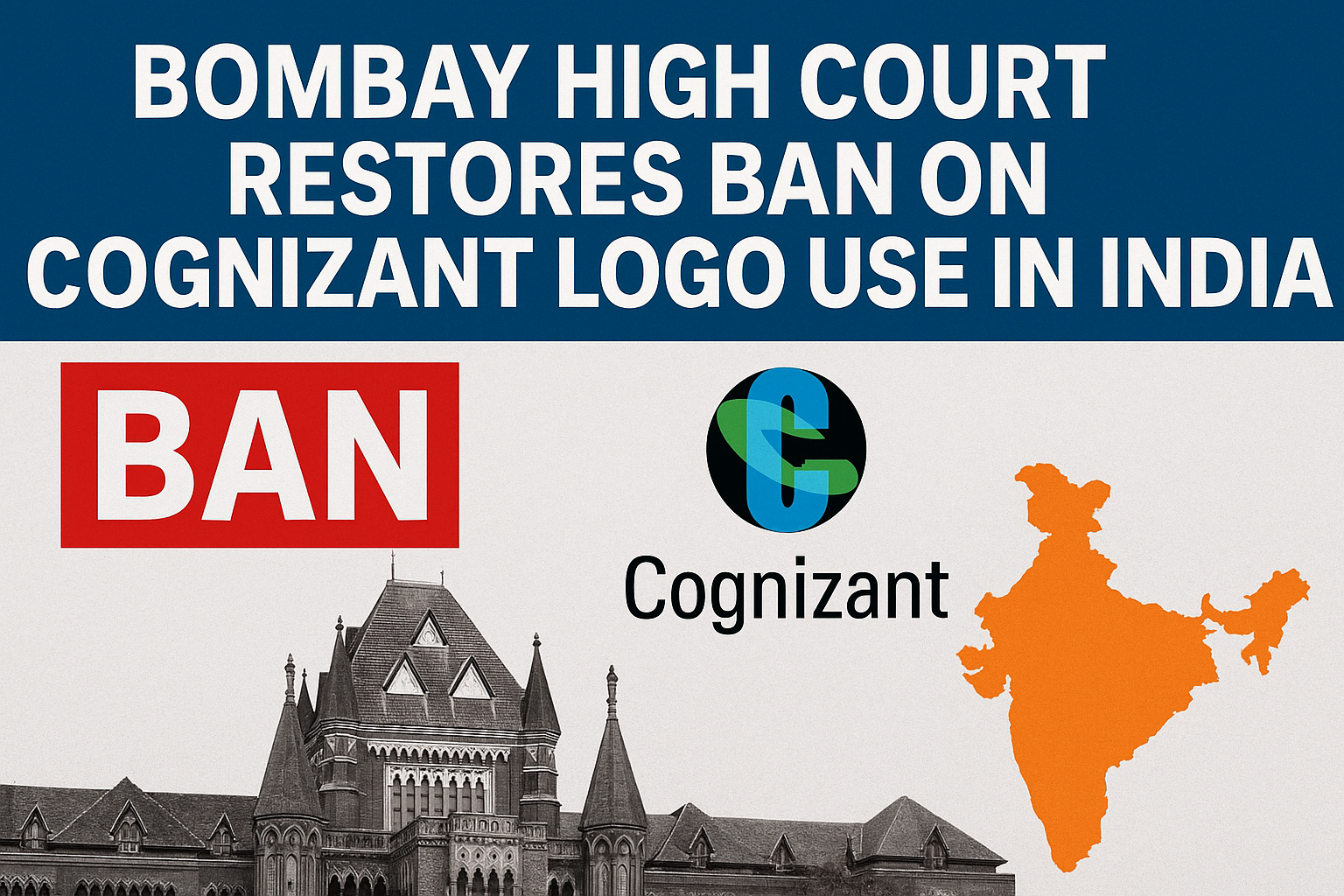Prime Minister Narendra Modi has called on India to dominate the semiconductor industry through innovation and strong patent portfolios. He spoke at Semicon India 2025 in New Delhi, where he unveiled the country’s first indigenous 32-bit chip.
Modi described semiconductors as the “digital diamonds of the 21st century”. He stressed that India should not only design chips but also secure patents to strengthen its global position. He said, “We must aim for chips designed and patented in India, trusted by the world.”
Chips to Enter Market by 2025 End
The Prime Minister reaffirmed his Independence Day announcement that Made-in-India semiconductor chips will be available in the market by the end of 2025. This marks a key step towards India’s goal of becoming a full-stack semiconductor hub.
Global Market Opportunity
Modi noted that the global semiconductor market is projected to touch $1 trillion in the coming years. He asserted that India is positioned to command a major share of this market by combining design strength, manufacturing capacity, and patent protection.
Semicon 2.0 Vision
Under the Semicon 2.0 program, India is targeting at least 5% of global semiconductor production by 2030. Multiple chip fabrication and assembly units are under development with strong government incentives. Industry projects worth billions of dollars are already under evaluation.
Partnerships and Innovation
India is also forging partnerships with global technology leaders, including IBM, AMD, Micron, and Lam Research. These collaborations focus on research, design, and training. Academic institutions like IITs and IISc are playing a key role in nurturing talent for this sector.
The Road Ahead
The launch of the indigenous Vikram 32-bit processor signals the start of a new era in India’s technology journey. Modi’s call to “patent chips, not just produce them” highlights a strategy that combines intellectual property leadership with manufacturing strength.
Experts believe this approach can help India reduce import dependence, attract foreign investment, and build trust as a global semiconductor hub.

